Summer volunteering on the Refuge is spent mostly in our wetlands. Folks form a line with tools and trash bags at the ready, and move purposely back and forth from one habitat edge to the other. Ricefield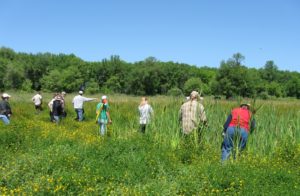 bulrush is a very distinctive plant and easy to see in the open, but requires a keen eye and persistence when vegetation is thick. Lucky for us- we have dedicated volunteers that return week after week with determination and a well-developed prey image. We started in June wading through shin deep water, by July we were skishing through the mud, and when August arrived the ground was dry and cracked and the air was hot and smoky. By the end of the season we had dug out over 10,000 plants from three different wetlands. Well done and a huge thank you to everyone who came out and helped this year. We will rinse and repeat the whole operation next summer, so if you missed us this season we will save a spot in line for you next time.
bulrush is a very distinctive plant and easy to see in the open, but requires a keen eye and persistence when vegetation is thick. Lucky for us- we have dedicated volunteers that return week after week with determination and a well-developed prey image. We started in June wading through shin deep water, by July we were skishing through the mud, and when August arrived the ground was dry and cracked and the air was hot and smoky. By the end of the season we had dug out over 10,000 plants from three different wetlands. Well done and a huge thank you to everyone who came out and helped this year. We will rinse and repeat the whole operation next summer, so if you missed us this season we will save a spot in line for you next time.
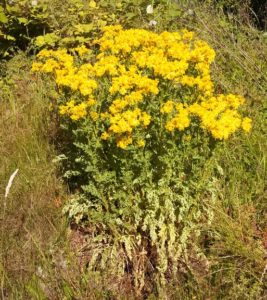 Beside Ricefield bulrush pulling, volunteers spent the summer clearing blackberries from around ash trees, digging out thistles, cutting flower heads off of ragwort tansy, and searching for other invasive plant species.
Beside Ricefield bulrush pulling, volunteers spent the summer clearing blackberries from around ash trees, digging out thistles, cutting flower heads off of ragwort tansy, and searching for other invasive plant species.
One project that is currently underway is inventorying Refuge fence lines and removing any derelict or unneeded barbed-wire fences. Barbed-wire fences pose a collision and entanglement risk to wildlife. Any unnecessary fencing is best removed and volunteers are eager to remove this hazard. In August, three of our core volunteers helped to remove almost ¼ mile of fencing. The process takes multiple steps and it takes about 120 volunteer hours for every mile of four string fence removed, but we all agreed it was a very satisfying day and look forward to opening up more safe pathways and flyways for Refuge residents.
Check out the photos before and after our most recent fence removal:
Before: 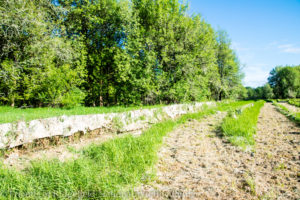
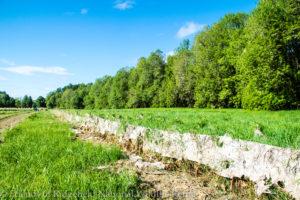
During: 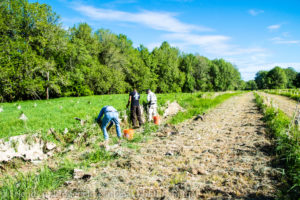
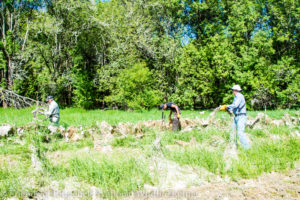
After: 
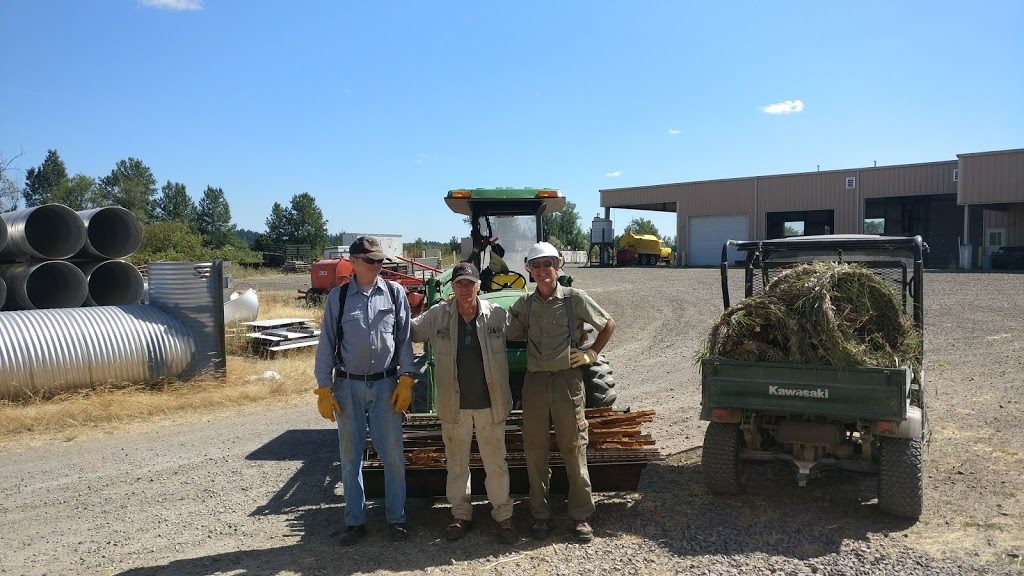
September and October Wednesday Work Parties will focus on blackberry removal, survival surveys of recent plantings, planting maintenance, and some ground prep for winter plantings. As soon as fall rains start to arrive we will schedule the Camas plantings at the Carty Unit and tree/shrub planting on the River ‘S’ unit. Stay Tuned!